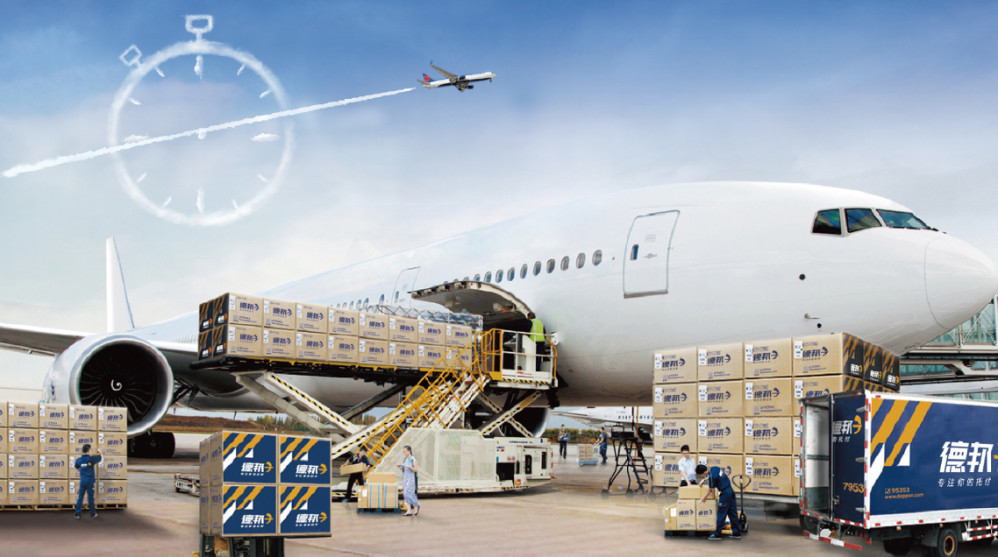In our daily lives, aerosol products are everywhere, especially those who make aerosols, which require a large number of aerosol cans for filling. He can purchase goods from the local aerosol can factory. Конечно, if you purchase goods locally, you only need to comply with regional regulations. If the local supply is insufficient, you may have to go to other regions or other countries to replenish the supply. This will Involves a series of transportation (air and sea transportation) policies, laws and regulations. Therefore, many people will have a question, can you transport aerosol cans, and what should you pay attention to when transporting аэрозольные банки. Следующий, I will tell you about transporting aerosol cans based on my 20 years of working experience as an aerosol can manufacturer. Details to solve your questions

Local Aerosol Can Shipping Policies and Regulations (United States)
Regulations
1、Federal regulations:
Hazardous Materials Transportation Act (HMTA)
Code of Federal Regulations (CFR) Volume 49
2、State and local regulations:
Key points of local shipping policy for aerosol cans in the United States
- Classification and marking: Aerosol cans must be classified and marked according to their hazardous characteristics. Commonly used аэрозольная банка hazard categories include: flammable gases, non-flammable gases, flammable liquids, and toxic substances
- Упаковка: Aerosol cans must be transported in packaging that meets DOT standards. Commonly used aerosol can packaging types include: metal cans, glass bottles, plastic bottles, and composite cans
- Transportation documents: The shipper must prepare the following transportation documents: Shipper’s Statement, Dangerous Goods Transportation Declaration, Packing List, Emergency Response Information
- Transportation method: Aerosol cans can be transported by road, railway, air and waterway. Однако, it should be noted that different transportation methods have different requirements for the packaging, marking and transportation documents of aerosol cans.
If you know the key points of the acknowledgment policy in the United States, your aerosol can transportation will be smooth. The key points of transportation in other countries are the same. You need to understand local policies and regulations to avoid triggering consequences such as fines or cargo detention.
Shipping details of overseas imported aerosol cans
Once the aerosol can products you need are imported from overseas to a local country, more policies and regulations will be involved. Consumers of imported products are usually individuals or companies, and overseas sellers usually transport them by sea or air. method to transport the goods to your hands. If you purchase a small amount of aerosol cans individually, they are usually shipped by air. It will take about 3 к 7 days to be delivered to your hands. Sellers usually pack strictly in accordance with IATA regulations. , and provide full insurance coverage. Some also offer door-to-door delivery services. When enterprises or organizations purchase large quantities, they choose air or sea transportation based on factors such as the quantity of goods and transportation time. After giving us an overview of these aerosol can transportation methods, the complete details of air transportation and sea transportation will be analyzed in detail below.

Details you need to know about marine aerosol cans:
- Understand relevant regulations: The International Maritime Organization (IMO) has formulated the International Maritime Transport of Dangerous Goods Code (IMDG Code), which provides detailed regulations on the packaging, marking, labeling, transportation documents, и т. д.. of dangerous goods by sea.
Countries and regions may also have their own regulations on shipping dangerous goods by sea. - Packaging requirements: Aerosol cans must be transported in packaging that meets IMDG Code standards.
Commonly used aerosol can packaging types include: metal cans, glass bottles, plastic bottles, composite cans - Proper marking and labeling: Aerosol cans must be marked and labeled according to IMDG Code standards.
Label content must include: dangerous goods name, UN dangerous goods number, hazard category, packaging category, чистый контент, flash point and other necessary information - Prepare shipping documents: The shipper must prepare the following shipping documents: Shipper’s Statement, Dangerous Goods Transportation Declaration, Packing List, Emergency Response Information
- Shipping Companies: Not all shipping companies accept aerosol cans for transport. The shipper must choose a shipping company that is qualified to transport dangerous goods and the shipper must declare the aerosol cans for transportation to the shipping company and go through relevant transportation procedures.
Frequently Asked Questions about Marine Aerosol Cans:
Which aerosol cans can be shipped by sea?
Aerosol cans that comply with IMDG Code standards can be shipped by sea. Flammable, explosive, toxic, corrosive and other dangerous aerosol cans are prohibited from being transported by sea.
How much does it cost to ship an aerosol can by sea?
The cost of shipping aerosol cans by sea depends on the following factors: cargo volume and weight, transportation distance, shipping company charging requirements
Do marine aerosol cans require insurance?
I highly recommend insuring marine aerosol cans in case of an accident that damages the interests of both parties.
Do seaborne aerosol cans need customs clearance?
This is also a very important matter. Sea aerosol cans need to be cleared by customs in the country of destination. You can find some freight forwarders with customs clearance capabilities to help you with customs clearance. This approach can save a lot of time and allow your goods to be delivered faster. on your hands
What you need to know about air aerosol cans
Air aerosol cans are the most common way to transport them, and they have the advantages of fast speed and high efficiency. Однако, since aerosol cans are classified as dangerous goods, there are some specific regulations and requirements that need to be followed when transporting by air to ensure safe transportation.

Air aerosol can details:
- Relevant regulations: The International Air Transport Association (IATA) has formulated the “Dangerous Goods Air Transport Rules” (DGR) , which regulates the packaging of dangerous goods for air transport. , markings, labels, transportation documents, и т. д.. have made detailed provisions.
Countries and regions may also have their own regulations on the transport of dangerous goods by air. - Aerosol can packaging requirements: Aerosol cans must be transported in packaging that meets IATA DGR standards. These are commonly used aerosol can packaging types including: metal cans, glass bottles, plastic bottles, composite cans
- Marking and labeling of aerosol cans: Aerosol cans must be marked and labeled in accordance with IATA DGR standards
Aerosol cans must be marked and labeled in accordance with IATA DGR standards. Label content must include:Dangerous goods name, UN dangerous goods number, hazard category, packaging category, net content and other necessary information - Prepare shipping documents: The shipper must prepare the following shipping documents: Shipper’s Statement, Dangerous Goods Transportation Declaration, Packing List, Emergency Response Information
- Choose the right airline: The shipper must choose an airline that is qualified to transport aerosol cans. And the aerosol cans must be declared to the airline for transportation and go through relevant transportation procedures.
Frequently asked questions about air aerosol cans
Which aerosol cans can be shipped by air?
Aerosol cans that meet IATA DGR standards can be shipped by air.
Flammable, explosive, toxic, corrosive and other dangerous aerosol cans are prohibited from being transported by air.
How much does it cost to ship an aerosol can by air?
The cost of air freight for aerosol cans depends on the following factors: cargo volume and weight, transportation distance
airline
Do air aerosol cans require insurance?
It is recommended to insure air aerosol cans in case of an accident.
Do air aerosol cans need customs clearance?
Да, air aerosol cans need to be cleared by customs in the destination country, and the shipper needs to be familiar with the customs regulations of the destination country so that the goods can be cleared smoothly.
Подведем итог
After you are familiar with these transportation regulations and policies, I believe you will have a general understanding of the problems of aerosol can transportation. When you encounter the problem of aerosol cans that need to be transported to your country or you want to transport aerosol cans, here We can perfectly help you solve this problem. Fxtincan has many years of experience in the production and transportation of aerosol cans, and is familiar with various transportation regulations and policies to ensure that your goods arrive at their destination safely and quickly. If you still have one, you can contact our freight team to help you solve your questions.






















